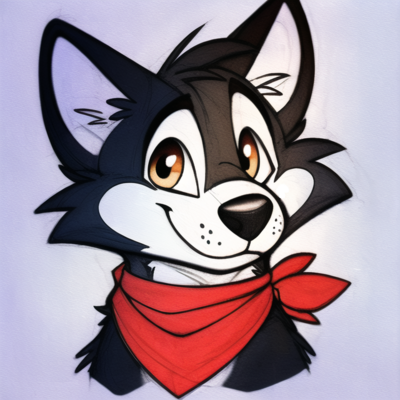

@fediverse I’ve read that this is called an overlay network. Unfortunately many of the ones I’ve seen documented focus on keeping things in their own private networks which is okay but not fun.
ULA addresses require no permission and were designed precisely to knit together private networks. We can just use domain names and convert them via checksum into a static ULA /48 prefix. DNS can be used to announce routes, or eventually something more BGP-like given that ownership of a domain can be verified and thus authorization to announce routes.
If domains ever become a bottleneck one could use private TLDs with some consensus mechanism and even create multi-layer networks this way where packmates.layer.1 and packmates.layer.2 are two different networks even though they might have the same address range.
Anyways, I’ll go out and touch some grass now.

@despotic_machine thank you. This sounds interesting!